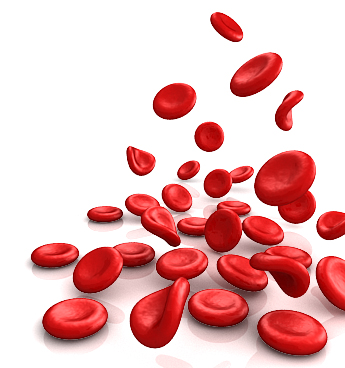Benign prostatic hyperplasia (BPH) is a prevalent urological disease affecting elders. Currently, the prostatic artery embolization (PAE) is considered as a minimally invasive and safe technique to treat BPH. However, various drug-loaded embolic agents have not been thoroughly investigated in BPH therapy. In this study, finasteride/poly(3-hydroxybutyrate-3-hydroxyvalerate)@polyvinyl alcohol/chitosan (FNS/PHBV@PVA/CS) reservoir-type microspheres were prepared via the solid-in-water-in-oil (S/W/O) emulsion crosslinking method with the aim to reduce the burst effect and control localized drug delivery. The structure and properties of the drug and resultant microspheres were characterized via field emission scanning electron microscopy (FESEM), Fourier-transform infrared (FTIR) spectroscopy, X-ray diffraction (XRD), and thermogravimetric analysis (TGA). The results showed that the drug-loaded hybrid microspheres were well-dispersed and spherical with a mean diameter of 238.1 ± 27.3 μm. All samples exhibited excellent thermal stability. The FNS/PHBV microspheres were successfully encapsulated inside the PVA/CS polymeric matrix, which effectively suppressed the burst effect and prolonged the drug release up to 51 days. In vitrobiocompatibility assessment indicated that the microspheres possessed excellent cytocompatibility and hemocompatibility. Furthermore, in vivo studies performed in the rabbit ear embolization model showed the formation of progressive ischemic necrosis after treatment for various periods. Histopathological studies revealed that the microspheres completely occluded the blood vessels with minimal foreign body response and formed the fibrotic area at the periphery of embolized arteries. Furthermore, the auricular vascular endothelial cells showed acute ultrastructural changes, associated with the ischemic necrosis induced by the embolization procedures. All these findings suggest that the FNS/PHBV@PVA/CS hybrid microspheres could be used as a promising drug delivery system for potential applications in BPH therapy.
原文链接









